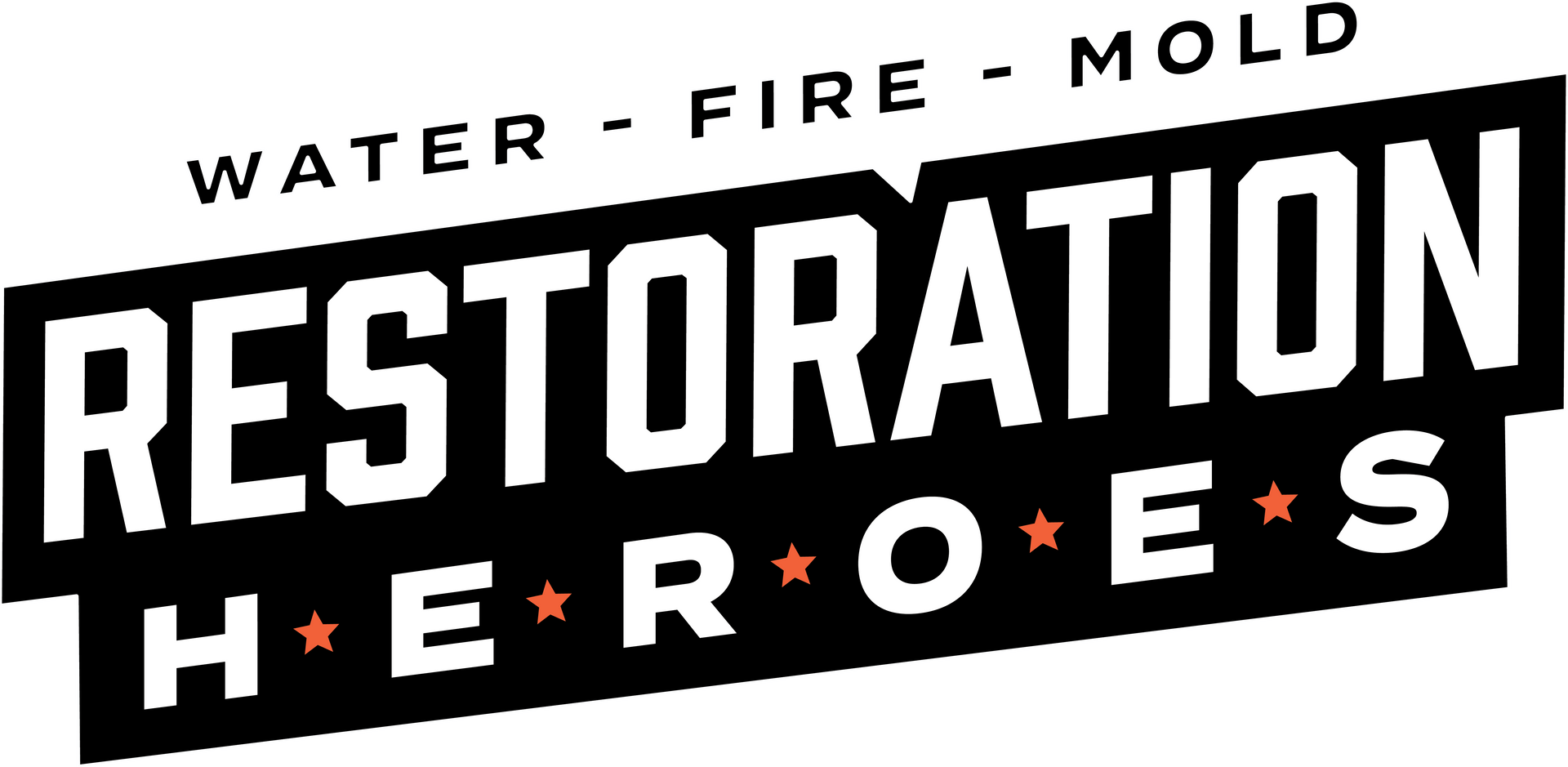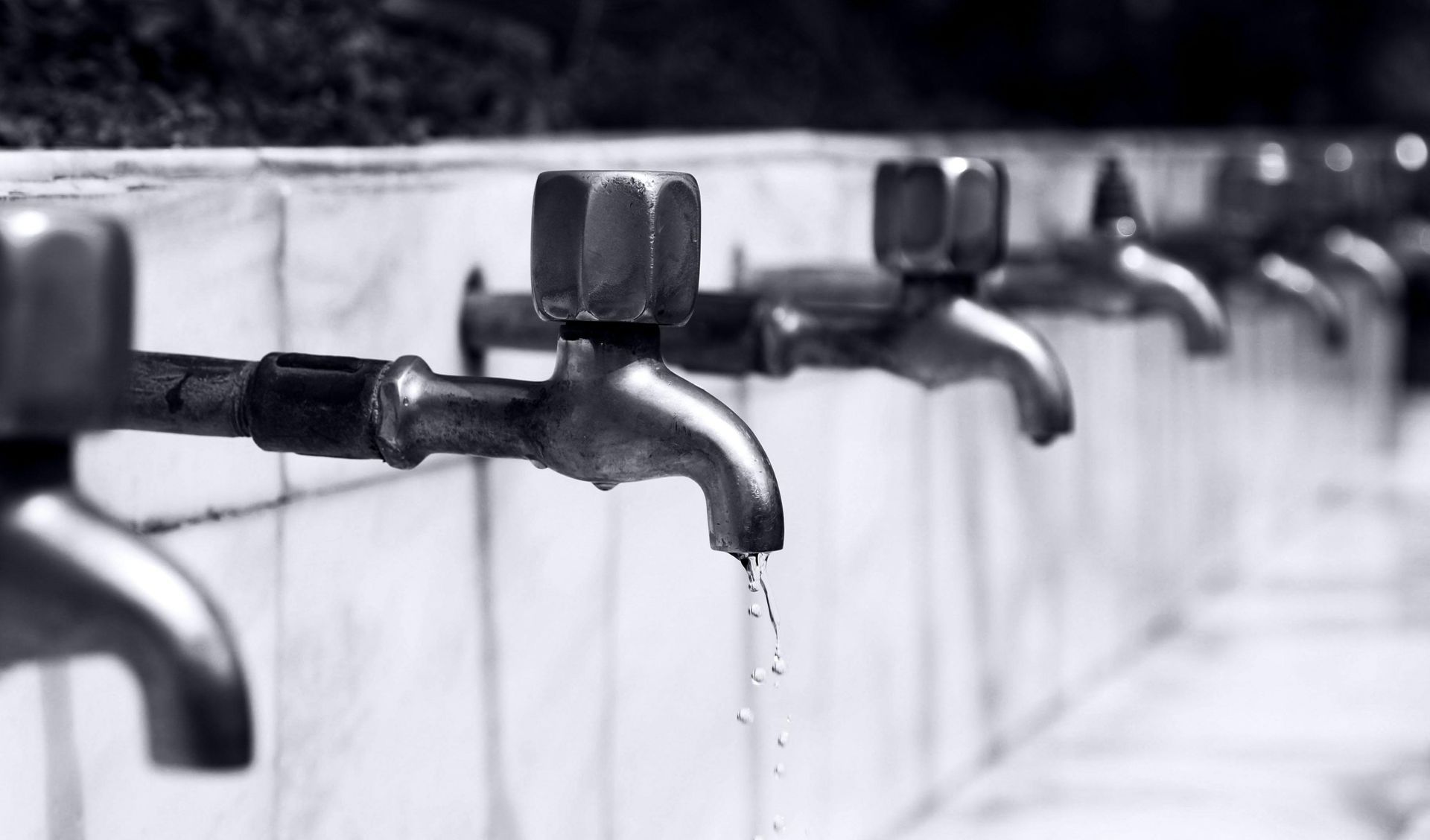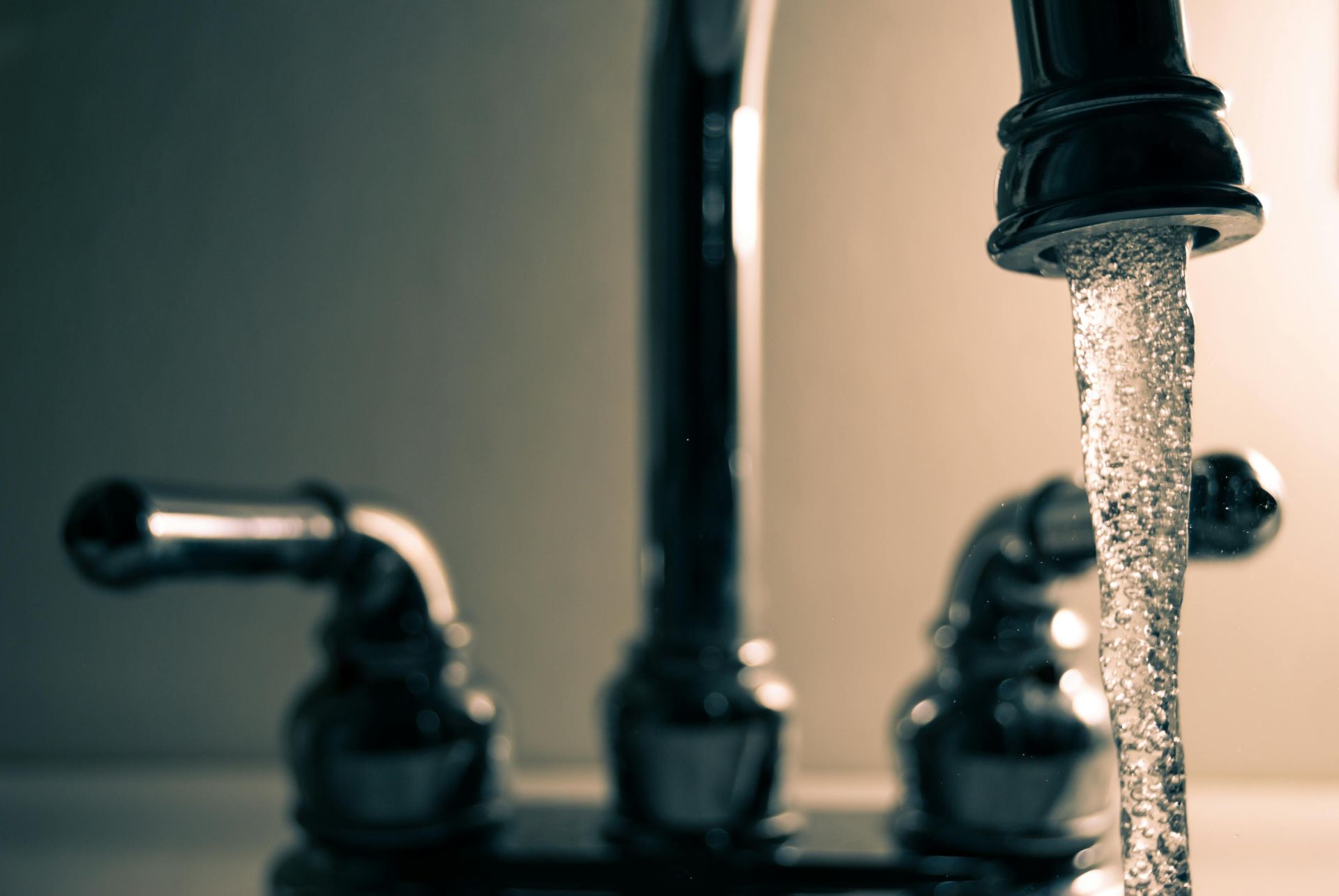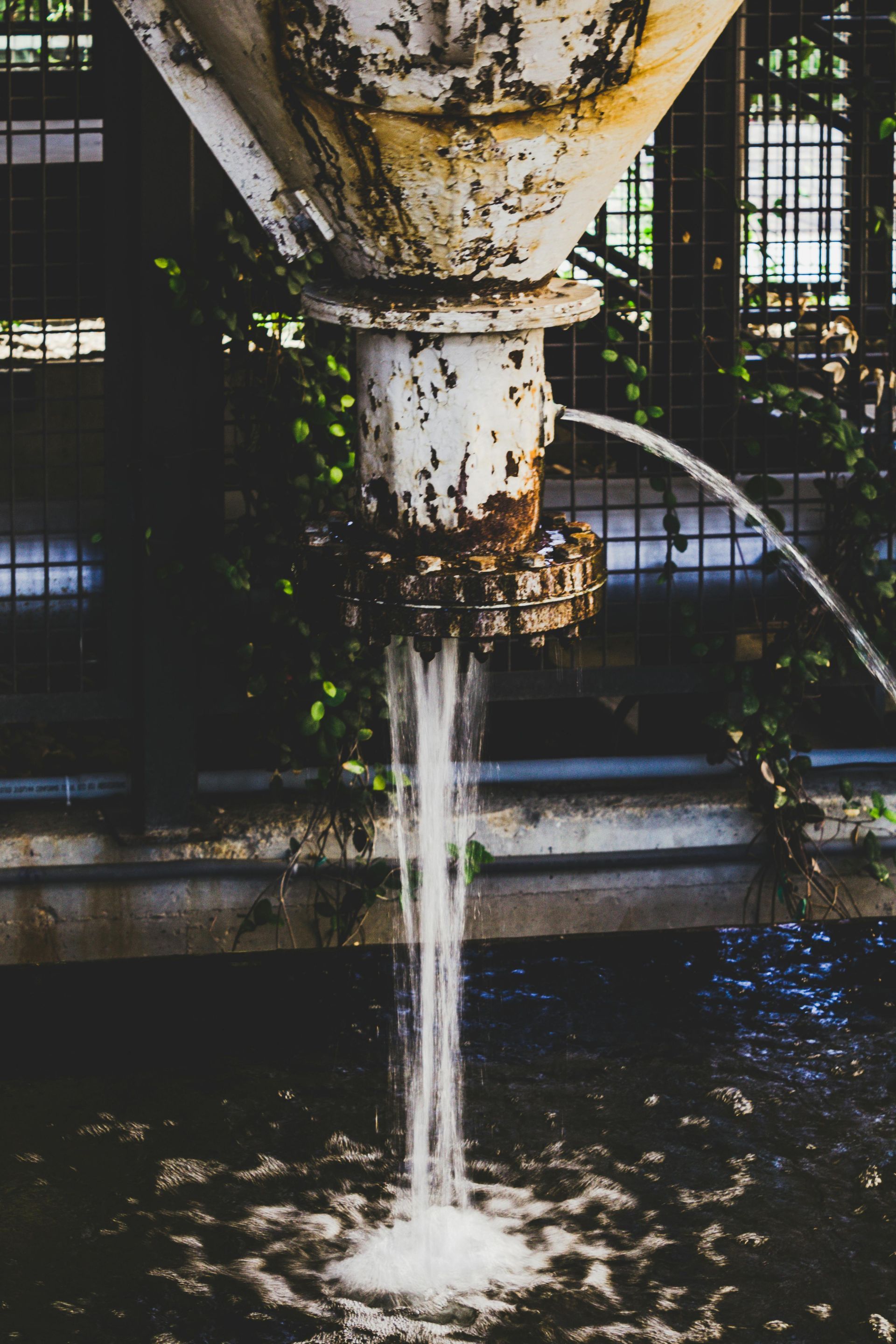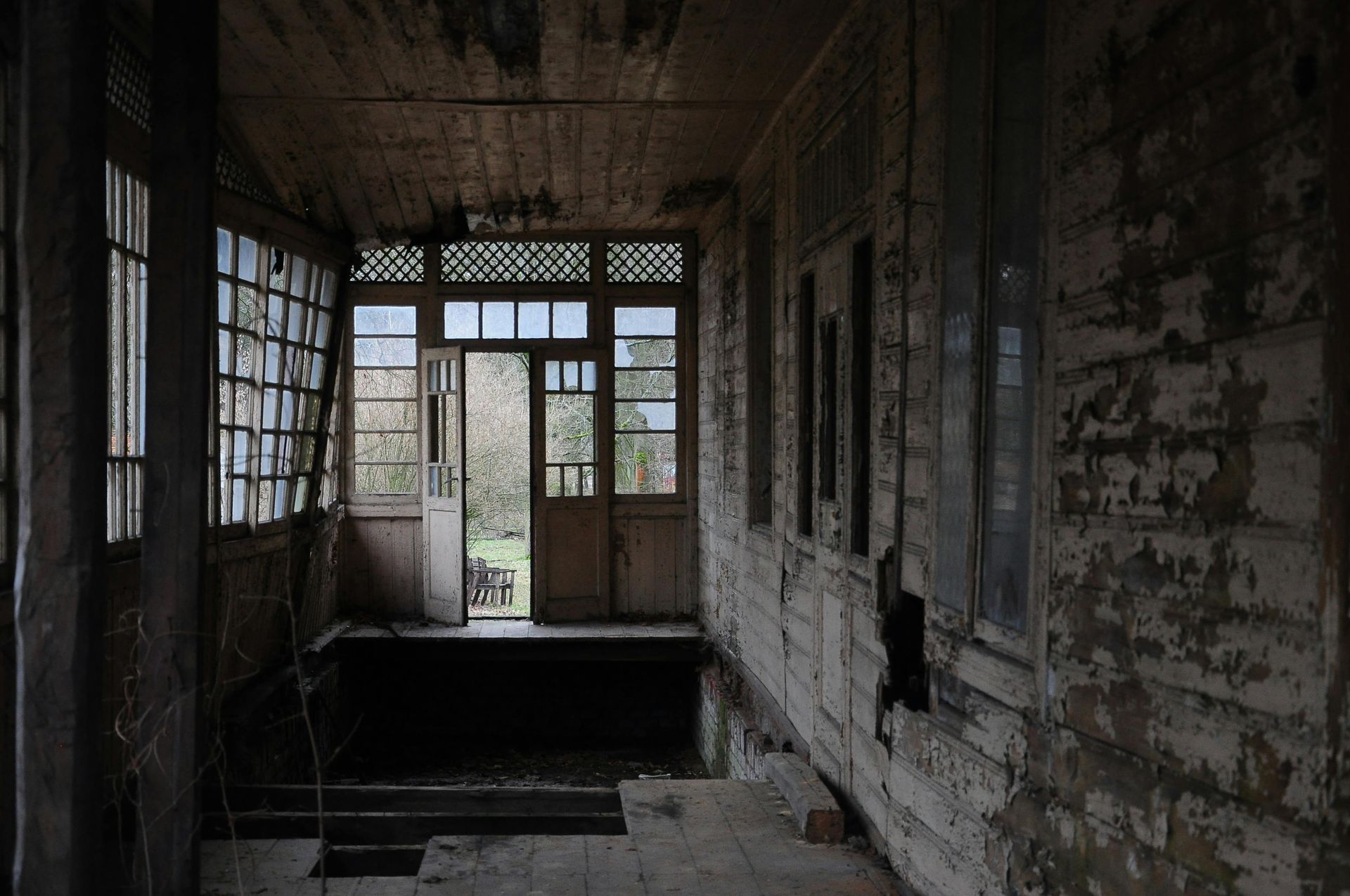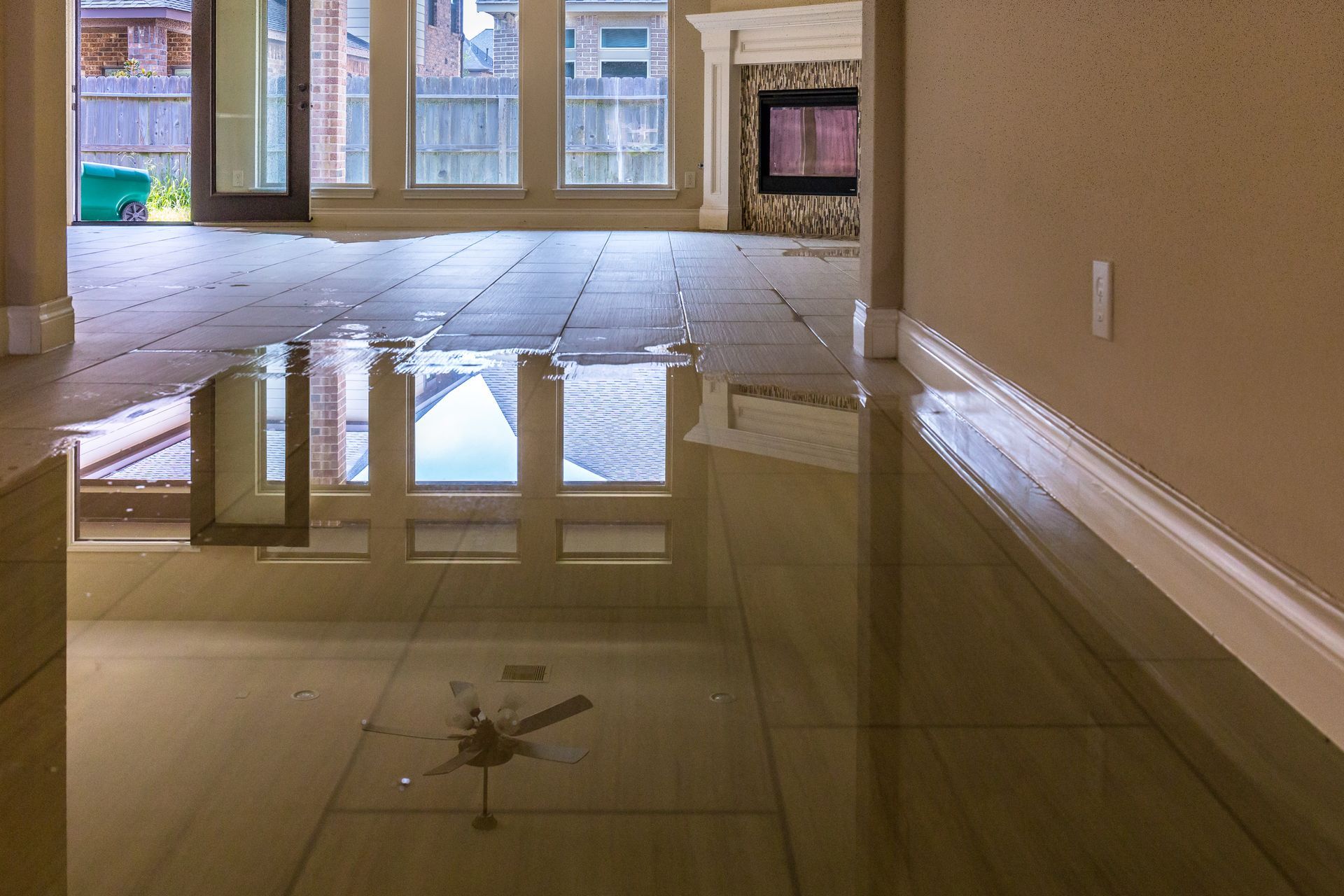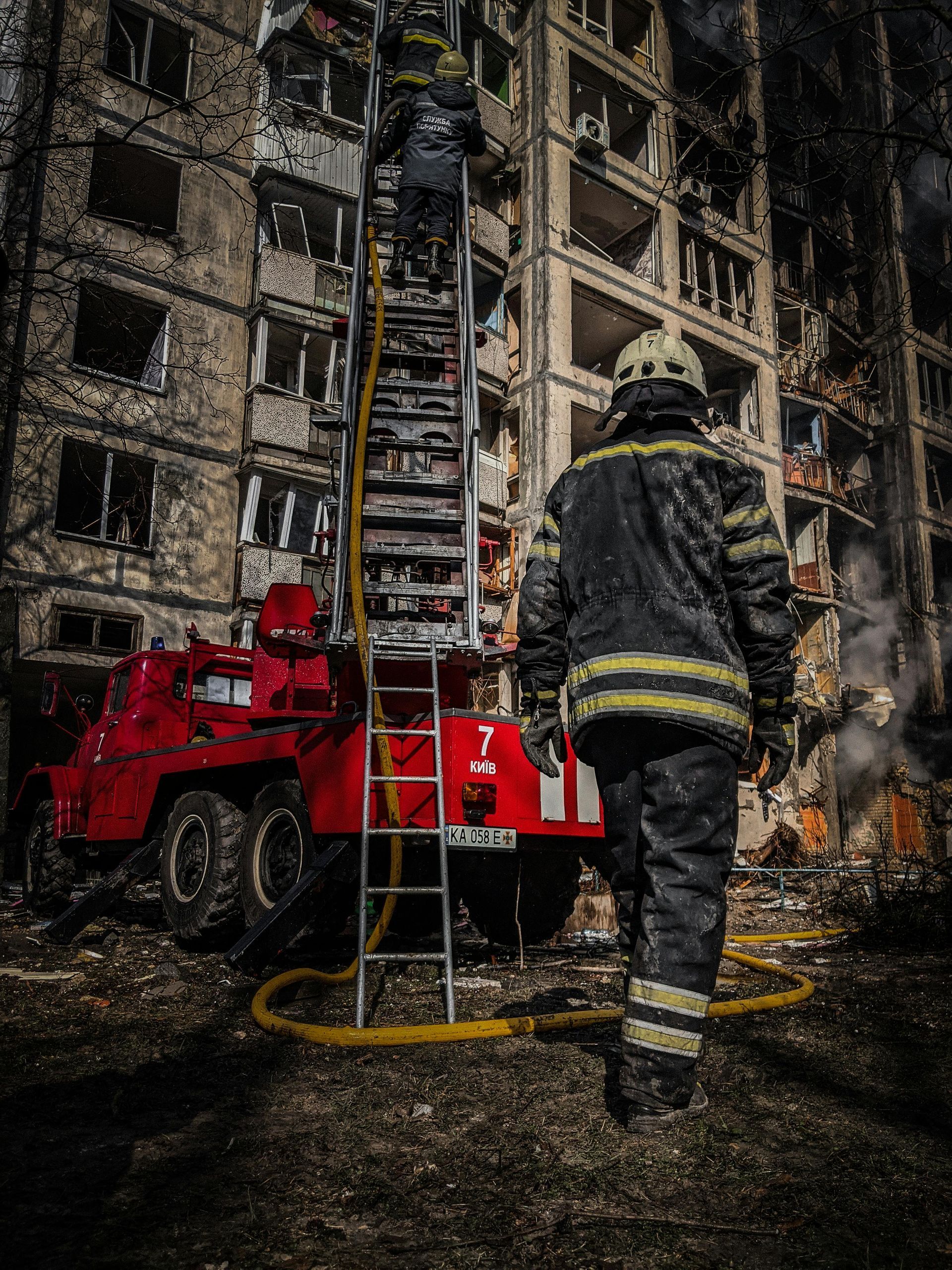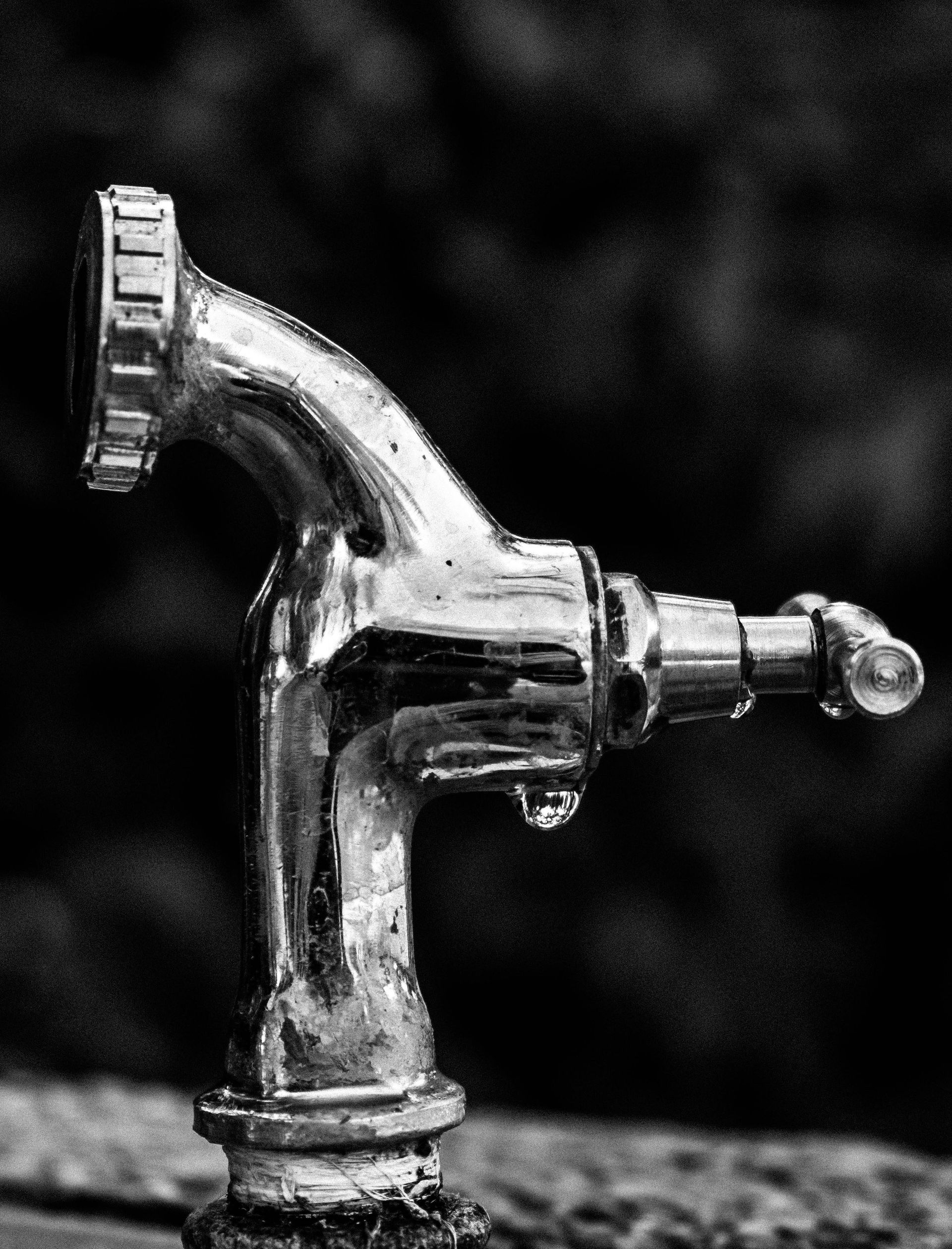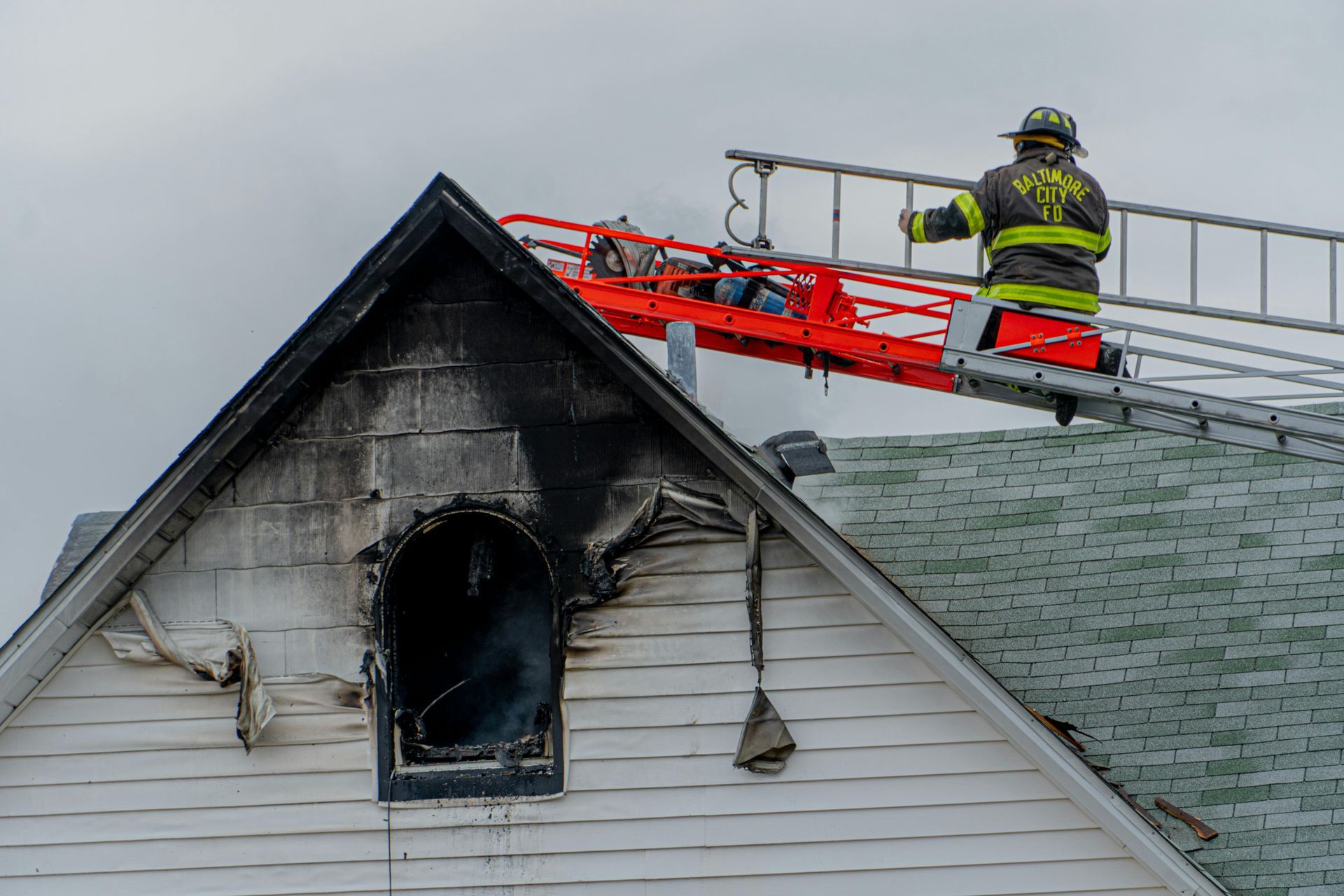The Process of Water Damage Restoration
The Process of Water Damage Restoration
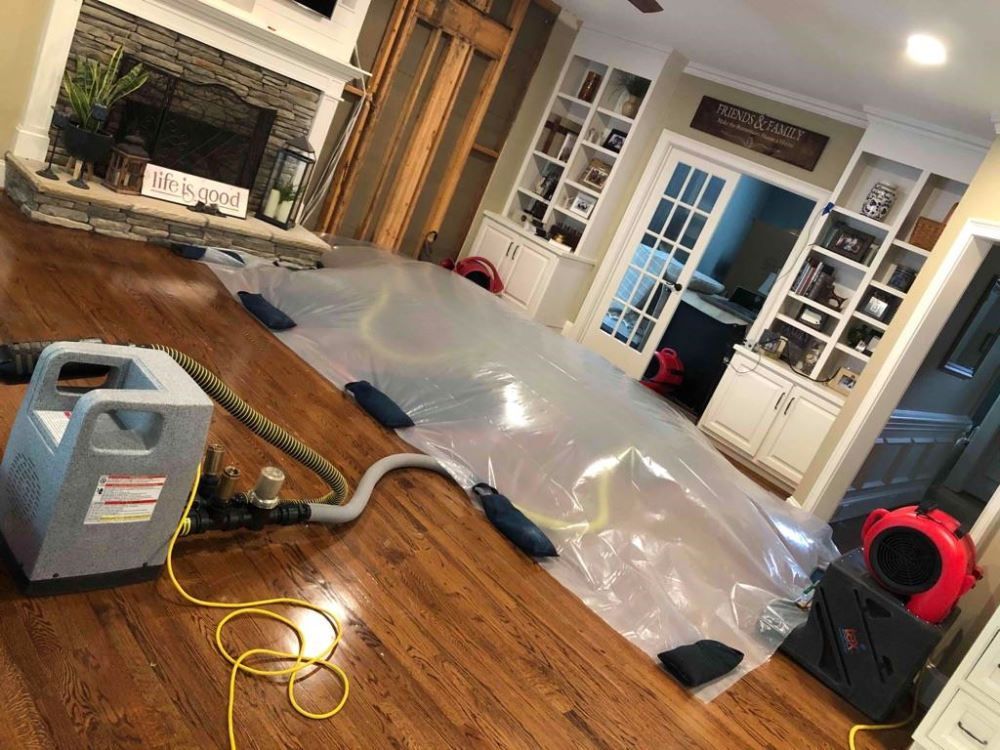
Understanding the water damage restoration process is crucial for homeowners and property managers, as it helps quicken and effect recovery after an unfortunate incident. Common causes of water damage include natural disasters, plumbing failures, and appliance leaks. This article will provide an in-depth explanation of what water restoration is, what a water remediation company does, and the flood restoration process. We will also discuss the remediation process, water damage cleanup, mitigation, and repair methods. By the end of this article, you will have a clear understanding of the water mitigation process and be better equipped to deal with such situations.
What is Water Damage?
Water damage is typically categorized into three types: clean water, gray water, and black water. Clean water originates from sources like rain, condensation, or leaky pipes and poses no immediate health threats. However, if not addressed promptly, it can degrade into more dangerous types. Gray water, slightly contaminated, may originate from dishwashers or washing machines. Direct contact can cause minor health issues.
Blackwater, the most dangerous, includes sewage and floodwaters and can cause severe health problems. A quick response to water damage is essential to prevent further destruction and health hazards. Water can quickly penetrate structural elements and furnishings, so areas most susceptible include basements, below-ground level spaces, and any areas containing pipes or appliances using water. Items like carpets, furniture, and drywall are particularly prone to water damage.
Understanding these factors highlights the importance of the water damage remediation process for safeguarding health and property.
Step 1: Initial Assessment and Safety Measures
The first step in the water damage restoration process is ensuring safety. This involves turning off the electricity and wearing personal protective equipment. Dealing with water damage can be risky due to the potential presence of electrical appliances, so it's crucial to disconnect the power supply. Professionals from a water remediation company will then assess the extent of the damage using specialized tools and techniques. They will examine the area thoroughly, identifying the source of the water, the type of water involved, and the areas affected.
During this process, it's essential to document the damage meticulously with photographs and detailed notes, as these records are critical for insurance claims. Adjusters from your insurance company will use these records to evaluate the extent of the damage and determine the coverage for your claim. The initial assessment sets the stage for the next steps in the water damage cleanup, mitigation, and restoration process.
Step 2: Water Removal Process
The water removal process is a pivotal part of water damage mitigation. Technicians employ industrial-grade pumps and wet/dry vacuums to extract the standing water swiftly and efficiently. The rapid removal of water is essential as it helps in curbing the growth of mold and bacteria and minimizes the risk of structural damage.
For DIY situations, homeowners can use portable pumps, shop vacuums capable of handling water, or even buckets for small quantities of water. It's essential to wear waterproof boots and gloves to avoid direct contact with contaminated water. However, one must exercise caution and understand that extensive water damage, especially involving gray or black water, should always be handled by professional water damage remediation service providers. Their expertise and specialized equipment ensure thorough water removal, reducing long-term risks significantly. Timely and efficient water removal is not just about preserving material possessions; it's about restoring safety and normalcy to the lives disrupted by water damage.
Step 3: Drying and Dehumidifying
The drying and dehumidifying stage plays a critical role in the water damage restoration process. Drying refers to the removal of moisture from materials and surfaces, while dehumidifying is the process of reducing the moisture level in the air. Both are crucial to thwart the growth of mold and mildew and to prevent further damage to your property. Specialists use commercial-grade equipment like air movers and dehumidifiers to expedite these processes. Air movers enhance evaporation at the surface level by creating a high-velocity airflow, whereas dehumidifiers extract moisture from the air, helping to dry the area quickly and thoroughly. 3
It's vital to ensure all hidden and difficult-to-reach areas are thoroughly dried to prevent moisture buildup and potential mold growth. To achieve this, professionals may need to move or lift heavy items of furniture or appliances, remove baseboards, or drill holes in walls or ceilings. Regular monitoring and adjustment of the equipment ensure optimal drying and a successful restoration process.
Step 4: Cleaning and Sanitizing
Cleaning and sanitizing are critical components of the water damage restoration process, designed to forestall mold and bacterial growth that may pose serious health risks. This phase involves thorough cleaning of all affected areas and items, including carpets, walls, and personal belongings. Professional remediation services use high-grade cleaning products and specialized techniques to ensure effective sanitization. For carpets and upholstery, hot water extraction or steam cleaning might be used, while walls may require scrubbing or wet cleaning. Personal items may be cleaned on-site or off-site, depending on the extent of the damage.
It's important to understand the difference between natural and chemical cleaning agents: natural ones are biodegradable and eco-friendly but may not always be potent enough for severe contamination, while chemical agents can handle tougher jobs but may have adverse environmental impacts. Always ensure the cleaning agent is suitable for the material being cleaned to avoid further damage.
Step 5: Restoration and Repair
The final phase in the water damage restoration process involves repair and restoration, which can range from minor repairs to major restorations. Minor repairs often include cosmetic fixes like painting and drywall repairs, which can quickly restore the aesthetic appeal of your home. Major restorations, however, may involve reconstructing entire rooms or large areas damaged significantly by water. These restorations require extensive work and often the expertise of professional contractors. For furniture and personal items, the restoration process focuses on repairing and restoring items damaged by water.
This process may involve reupholstering furniture, repairing electronics, or even restoring valuable documents or family heirlooms. In severe instances, professional restorers can help salvage and restore these precious items using advanced techniques and equipment. While minor repairs can often be handled by homeowners, extensive restorations should always be handled by professional contractors to ensure a safe and effective return to normalcy.
Can You Prevent Water Damage?
Preventing water damage is largely a matter of regular maintenance and inspections. Scheduling frequent checks of your plumbing system can help identify potential issues before they escalate. Leaks or drips are often early warning signs of more significant problems down the road. Regular gutter cleaning, too, is a must. Overfilled gutters can lead to water overflow, posing a risk to your property's foundation.
Installation of water sensors, particularly in high-risk areas such as basements and near appliances, is another effective preventive measure. These devices can alert you to moisture accumulation, allowing you to address the problem before it worsens.
Landscaping can also play a crucial role in water damage prevention. Proper grading around your house can guide rainwater away from the foundation, reducing the risk of damage. Additionally, keeping plants and shrubs, especially those with invasive roots, away from your piping system can prevent root intrusion and subsequent pipe damage.
Maintaining your plumbing system, cleaning gutters regularly, and installing water sensors can all contribute to water damage prevention. Moreover, thoughtful landscaping can mitigate damage risks. Remember, preventive measures might cost you some time and effort, but they are typically far less expensive and disruptive than the water damage restoration process.
How to Choose a Water Damage Restoration Professional
Choosing a reputable water damage restoration professional is vital to ensure efficient and effective service. Here are some pointers to consider when selecting a company to handle your water damage cleanup, remediation, and repair needs:
- Certification: Ensure that the company has relevant certifications from recognized industry bodies, such as the Institute of Inspection Cleaning and Restoration Certification (IICRC). Certifications indicate that the company has undergone rigorous training and adheres to industry standards.
- Insurance: An insured company provides a safeguard against potential accidents or damages that may occur during the restoration process. It's advisable to only deal with companies that are fully insured.
- Customer Reviews: Look for companies with positive customer reviews and testimonials. These can provide insight into the company's reliability and quality of service. You can find reviews on websites like Google, Yelp, or the company's own site.
- Ask the Right Questions: Don't hesitate to ask potential service providers about their experience, techniques used, turnaround time, and whether they provide a detailed plan of action.
Remember, the right water damage restoration company can make the whole process smoother and less stressful, helping you get your property back to normal as quickly as possible.
What's Your Water Damage Plan? Stay Safe With Restoration Heroes
With Restoration Heroes, you have a trusted partner for all your water damage repair needs. We are experienced, certified, and dedicated to quality. Our comprehensive water restoration services cover everything from the initial damage assessment to the final touches of the restoration process. We even help with insurance documentation. Don't let water damage steal your peace of mind. Swing into action and start the water damage mitigation process immediately with Restoration Heroes. We're available 24/7, ensuring you get prompt and professional water damage cleanup when you need it most. Contact us today, and let us be your hero in your time of need.
Water Damage Restoration Process FAQs
How long does it take to restore a home after water damage?
The restoration process after water damage can vary greatly depending on the extent and type of damage, but on average, full restoration typically takes around 1-4 weeks. This timeline includes water removal, drying, cleaning, and repair works.
How long does it take for water to cause structural damage?
Water can start causing structural damage to a property almost immediately. However, serious structural issues such as warping, split wood, and weakened foundations typically become evident after around 48-72 hours.
How much does water damage restoration cost?
The cost of water damage restoration can vary widely based on factors like the area and severity of the damage and the necessary repairs or replacements. However, on average, homeowners might expect to pay between $1,000 and $4,000.
What is the difference between mitigation and remediation of water damage?
Water damage mitigation is the initial step focused on stopping the source of water and reducing the potential for further damage. Remediation, on the other hand, involves dealing with the damage that has already occurred, including drying, cleanup, sanitization, and repairs.
Is water damage reversible?
Most types of water damage are reversible, particularly if addressed promptly. Through the restoration process, damaged areas can be cleaned, dried, repaired, and often returned close to their original state. Severe water damage, however, may require substantial reconstruction or replacement of the affected areas.
